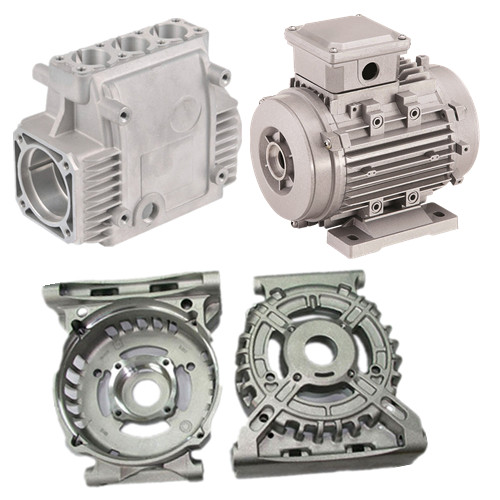Mobile:+86-311-808-126-83
Email:info@ydcastings.com
Optimizing the Performance and Design of OM603 Exhaust Manifold for Enhanced Engine Efficiency
Understanding the OM603 Exhaust Manifold A Key Component of Diesel Performance
The OM603 engine, a robust inline-six diesel engine produced by Mercedes-Benz, is renowned for its durability and performance. One of the crucial components that contribute to the engine's efficiency and effectiveness is the exhaust manifold. Understanding the function and importance of the OM603 exhaust manifold can shed light on how it influences overall engine performance, longevity, and emissions.
Function of the Exhaust Manifold
The primary function of the exhaust manifold is to collect exhaust gases from the engine cylinders and channel them into the exhaust system. In the OM603 engine, which features a turbocharger, the exhaust manifold plays a vital role in ensuring optimal gas flow and turbo efficiency. The design of the manifold affects how well exhaust gases are routed away from the engine, ultimately impacting the turbocharger's spooling characteristics and the engine's performance.
Design and Materials
The OM603 exhaust manifold is typically made from cast iron, providing excellent thermal resistance and durability. The manifold's design is critical; it needs to accommodate the flow of exhaust gases while minimizing backpressure. In the OM603, the manifold is reasonably compact yet engineered to efficiently direct gases into the turbocharger. Some enthusiasts and performance tuners opt for aftermarket solutions made from stainless steel or other lightweight materials to enhance flow characteristics and reduce weight, which can lead to improved performance.
Performance Implications
om603 exhaust manifold

A well-designed exhaust manifold can significantly enhance the engine's performance. By improving the evacuation of exhaust gases, the manifold reduces turbo lag, allowing for quicker spool times and improved throttle response. Moreover, an efficient exhaust manifold can help maintain optimal operating temperatures by ensuring that exhaust gases exit the system promptly, which can also lead to better fuel efficiency.
However, it is essential to maintain the exhaust manifold properly. Over time, exhaust manifolds can develop cracks due to thermal cycling and stress from engine vibrations, leading to leaks. Such leaks can result in a variety of performance issues, including decreased power output, increased emissions, and even potential damage to the turbocharger. Owners of OM603 engines should regularly inspect the manifold for any signs of wear or damage.
Modifications and Upgrades
For enthusiasts looking to enhance their OM603 performance, considering modifications to the exhaust manifold can be a worthwhile investment. Upgraded manifolds can be designed to optimize airflow, thereby boosting overall engine performance. By focusing on reducing backpressure and improving flow dynamics, aftermarket solutions can help capitalize on the inherent strengths of the OM603 engine.
It's essential to pair any manifold upgrades with complementary modifications, such as tuning the engine's ECU and upgrading the turbocharger. These changes can help maximize the beneficiaries of an improved exhaust manifold, leading to a significant increase in horsepower and torque.
Conclusion
The exhaust manifold of the OM603 engine serves as a focal point for both performance and reliability. Understanding its function, design, and maintenance needs can enhance the overall ownership experience of this classic Mercedes-Benz diesel engine. For those passionate about performance, exploring upgrades and modifications can unlock the full potential of the OM603, ensuring that it meets the demands of both daily driving and spirited performance. Whether you're a casual driver or a dedicated enthusiast, the exhaust manifold is a vital component worth consideration.
-
Why Is Choosing the Right Motor Housing Critical for Engine Performance?NewsJul.18,2025
-
Which Impeller Types Best Optimize Your Pump’s Efficiency?NewsJul.18,2025
-
Optimize Maintenance Efficiency with Durable Oil Catch SolutionsNewsJul.18,2025
-
Maximize Pump Performance with Precision-Engineered ComponentsNewsJul.18,2025
-
Elevate Industrial Flow Systems with Precision-Engineered ComponentsNewsJul.18,2025
-
Boost Durability and Functionality with Precision Power CastingsNewsJul.18,2025











